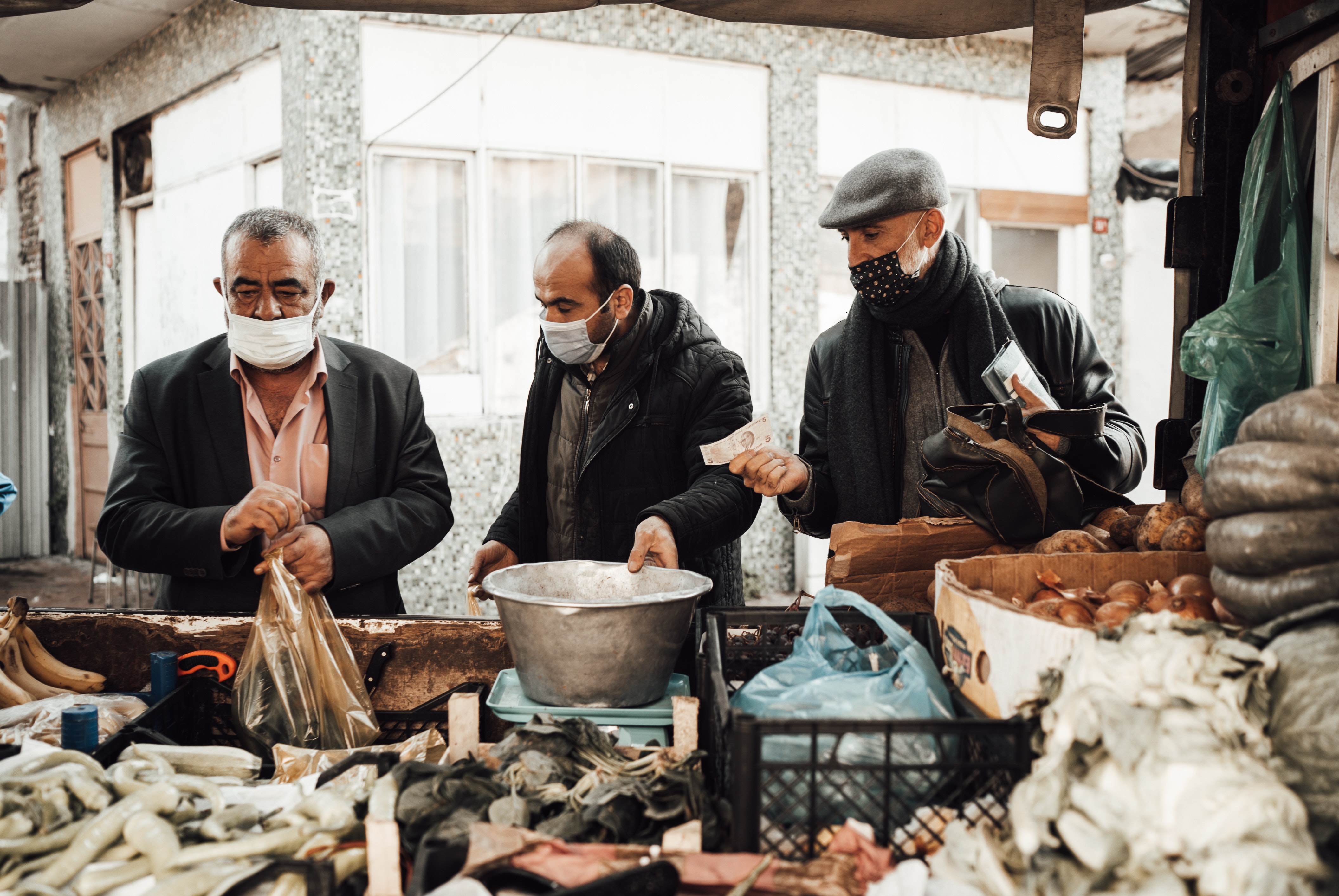
Comparing Lifestyles: Rich vs. Poor
In a world characterized by economic disparities, the differences in lifestyles between the rich and the poor are nothing short of striking. These disparities in lifestyles extend far beyond financial resources, encompassing various facets of life, from housing and healthcare to education and leisure. Let’s delve into the profound distinctions that define the lives of the wealthy and the less fortunate.
1. Housing:
One of the most glaring disparities between the rich and the poor is in housing. The wealthy often reside in luxurious mansions, penthouses, or sprawling estates. These homes are equipped with state-of-the-art amenities, from indoor swimming pools to home theaters. In contrast, the poor may struggle to afford even basic accommodations, living in cramped apartments or substandard housing conditions.
2. Education:
Access to quality education plays a pivotal role in shaping one’s future. For the rich, elite private schools and top-tier universities are within reach, providing the best educational opportunities money can buy. Meanwhile, many underprivileged individuals are forced to contend with underfunded public schools and limited access to higher education.
3. Healthcare:
Healthcare is another arena where disparities are acutely felt. Wealthy individuals have access to top-notch medical facilities, personalized healthcare plans, and the best doctors money can hire. In contrast, the poor may lack health insurance, making it difficult to afford necessary medical treatments and check-ups, leading to health inequalities.
4. Leisure and Entertainment:
The rich often enjoy a wide range of leisure activities, from traveling the world in private jets to attending exclusive events and dining at Michelin-star restaurants. The poor may find such luxuries far out of reach, with limited opportunities for leisure and entertainment.
5. Work-Life Balance:
The rich often have the luxury of a more flexible work-life balance, with the resources to hire help for household chores and childcare. On the other hand, the poor may face the challenge of working multiple jobs to make ends meet, leaving little time for rest and family.
6. Social Networks:
Social circles also differ significantly. The wealthy often interact with other affluent individuals, fostering connections that can open doors to opportunities. In contrast, the poor may have limited access to such networks, making it more challenging to advance in life.
Final Words:
The disparities in lifestyles between the rich and the poor are not only glaring but also have far-reaching consequences. These differences go beyond material possessions and impact access to education, healthcare, and even social mobility. Bridging this gap remains a complex challenge for society, requiring concerted efforts to address systemic inequalities and provide equal opportunities for all.
